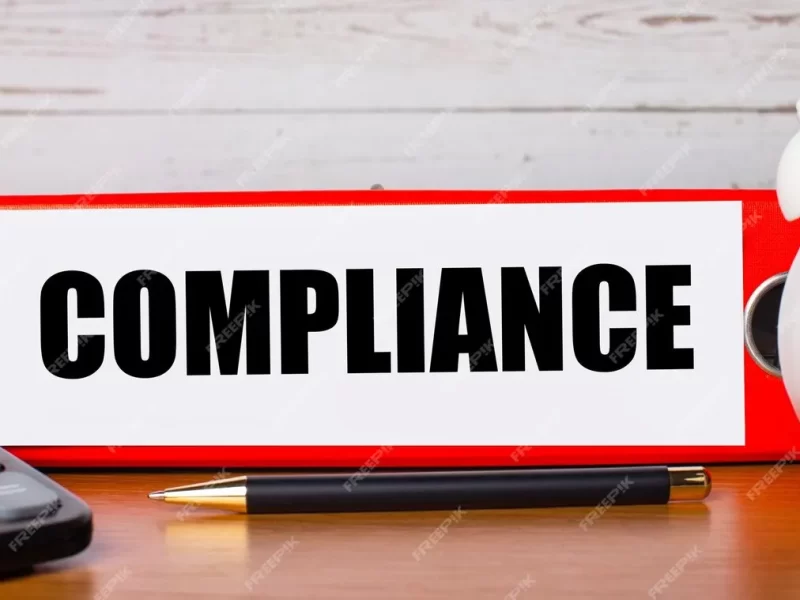In today’s rapidly evolving regulatory landscape, ensuring compliance is crucial for any business. Non-compliance can lead to severe penalties, legal issues, and reputational damage. However, navigating the complexities of compliance doesn’t have to be daunting. Here are practical steps to help you ensure that your business stays on the right side of the law.
1. Understand Applicable Regulations
Start by identifying the laws and regulations relevant to your industry. These can include local, national, and international standards, depending on your operations. Regularly review updates to these regulations, as compliance is an ongoing process rather than a one-time task.
2. Develop a Compliance Program
Creating a robust compliance program is essential. This program should outline your company’s policies and procedures to meet legal requirements. Involve stakeholders from various departments to ensure a comprehensive approach. Assign a compliance officer or team to oversee the implementation and monitoring of these policies.
3. Training and Awareness
Education is key. Conduct regular training sessions to ensure that all employees understand their roles in maintaining compliance. Tailor these sessions to address specific regulatory requirements relevant to different departments. Encourage a culture of compliance where employees feel empowered to ask questions and report potential issues.
4. Monitor and Audit
Regularly monitoring compliance is vital. Conduct internal audits to assess adherence to your compliance program. This process helps identify any gaps or weaknesses and allows you to take corrective action before issues arise.
5. Document Everything
Maintain thorough records of compliance efforts, including training sessions, audits, and any communications with regulatory bodies. Documentation not only provides a clear trail of your compliance activities but also serves as a valuable resource during inspections or audits.
6. Engage with Experts
Finally, consider consulting with legal experts or compliance professionals. They can provide insights into best practices and help you navigate complex regulatory frameworks.
In conclusion, ensuring compliance is an ongoing journey that requires diligence, education, and proactive engagement. By following these steps, you can mitigate risks and foster a culture of accountability within your organization.







